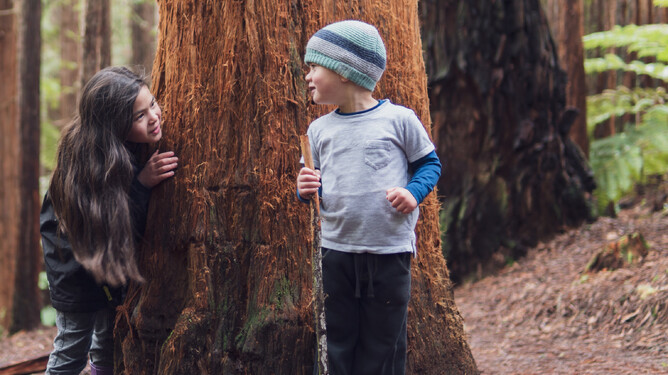Let’s be clear. Restorative Forestry is not about planting trees and leaving them to do their own thing forever. While that sounds idyllic, and is a wonderful outcome for pockets of cherished native flora, we believe the true alternative to smaller scale monoculture forestry needs to make economic sense as well as environmental sense. Wood products are our most sustainable and climate-friendly source of industrial materials, and to make them we need trees. But the way those trees are grown and harvested can have a huge impact on the environment.
Restorative Forestry is a holistic approach to restoration of forestry, focusing on the forest structure, encouraging biodiveristy and maintaining canopy integrity, ground watershed stability and fire resilience.
It’s an economic model, not a conservation model. Under a conservation model you lose the use of that land, whereas the commercial benefit of Restorative Forestry comes from selective logging using low-impact methods. The trees planted are a mix of high-value native species and fast-growing exotic trees that can be harvested on shorter timeframes.
From an environmental point of view, it’s beneficial to harvest trees once they have reached maturity, because it’s during the growth phase that they sequester the most carbon. Thus an ongoing programme of selective harvesting and replanting is an effective tool in the fight against climate change.
Restorative Forestry combines an environment approach of species diversity, with selective tree aging and the thinning of faster growing tree types, within an ecosystem approach that takes into account management of the soil and tree cover, and the risks associated with erosion and fire.
So how would it work in practice?
Traditional models have long existed and continue to this day in parts of Europe and the UK, where woodsmen practice selective logging and replacement, cutting trees down as they mature and planting new ones in their place.
So, for example, a family farm might plant a mixed stand of trees on an uneconomic hilly area of farmland, including a combination of species native to the area, plus fast-growing pine, beech and eucalyptus. Restorative Forestry is not about being hung up on what’s native and what’s exotic – it’s not the exotic trees per se that are a problem in traditional forestry, but the fact that entire forests of one species are planted at the same time.
After 20 years, the farming family could start to harvest faster growing exotic trees like pine and beach suitable for uses on their farm, like the lining of a barn or for house building use like flooring. The removing of these faster growing trees has the added benefit of opening the maturing forest to additional light while creating pre-planned access ways into the main forest for later selective tree removal. All the while these slow growing hardwoods continue to mature, creating a great environment and financial legacy for future generations.
The after 60 to 80 years the next generation has a valuable hard wood resource that can be selectively logged (and replanted) and then can be utilized for furniture, kitchen cabinetry and feature bench tops and shelving.
Single-species plantings on the other hand after 25 years, leaves nothing for your family except a barren landscape, depleted soil and silted up streams and rivers.
-----
Article written by Geoff Arden
We welcome any feedback you might have on this article. Email us at hello@restorativeforestry.org
